Current Housing Crisis - Not Local Government's Fault
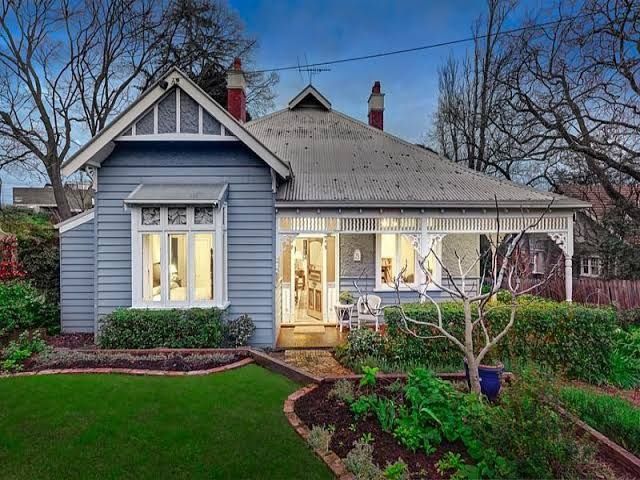
Josh Gordon from The Age brings us some insights into where the shortage of housing problem lies.
The ground is being prepared by politicians for an assault on the middle suburbs - the zone of single owner-occupied dwellings with gardens, architectural and streetscape character.
The economic arguments include the existence of infrastructure, the inefficient use of space, reducing travel time to CBD jobs etc.
The reality of course is that this is the middle suburbs zone of already over-crowded schools, narrow streets used as parking lots, too few open spaces now, strained, ageing electricity, gas, water and sewerage systems. Main road systems that do not cope with peak hour commutes.
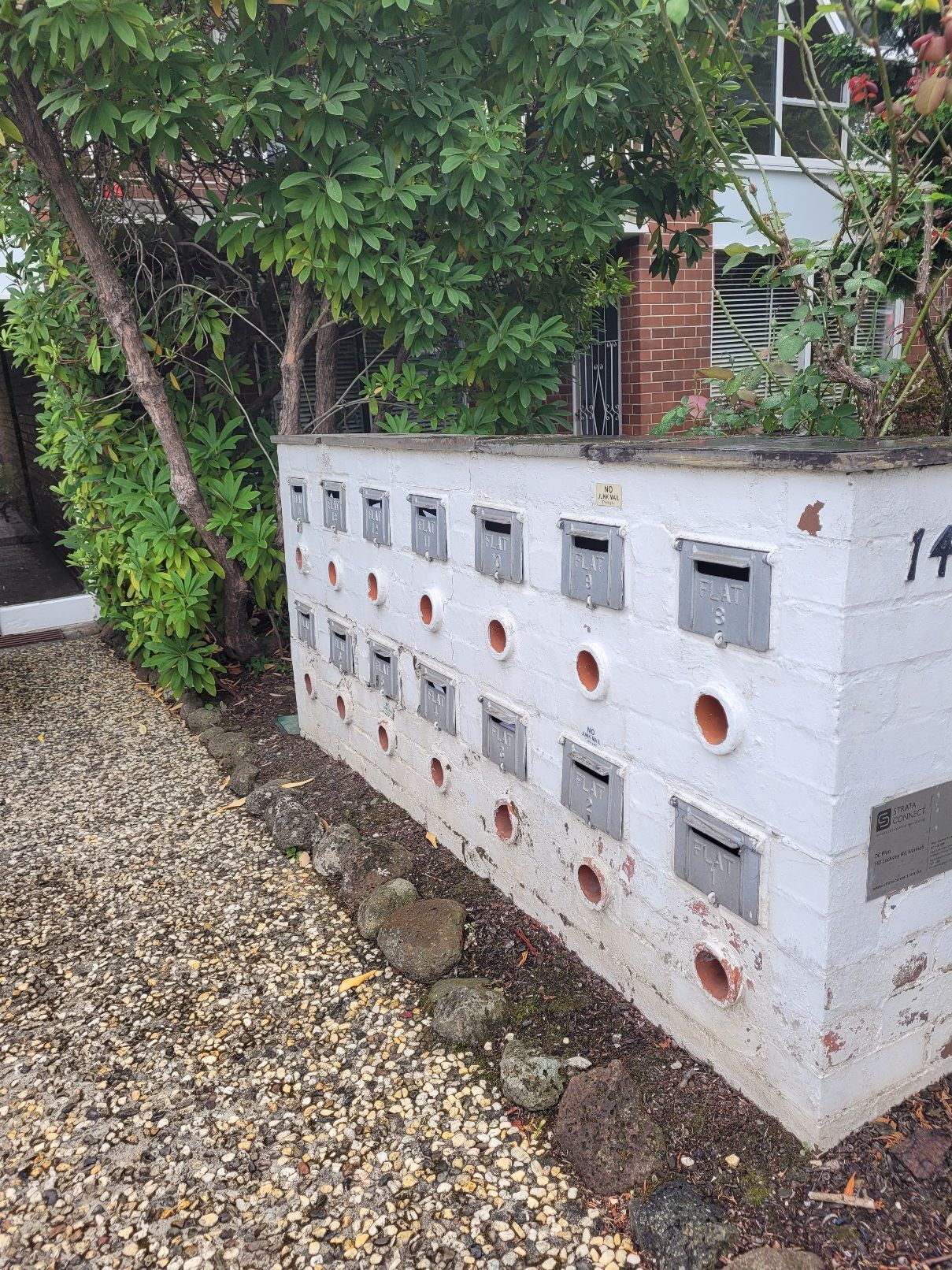
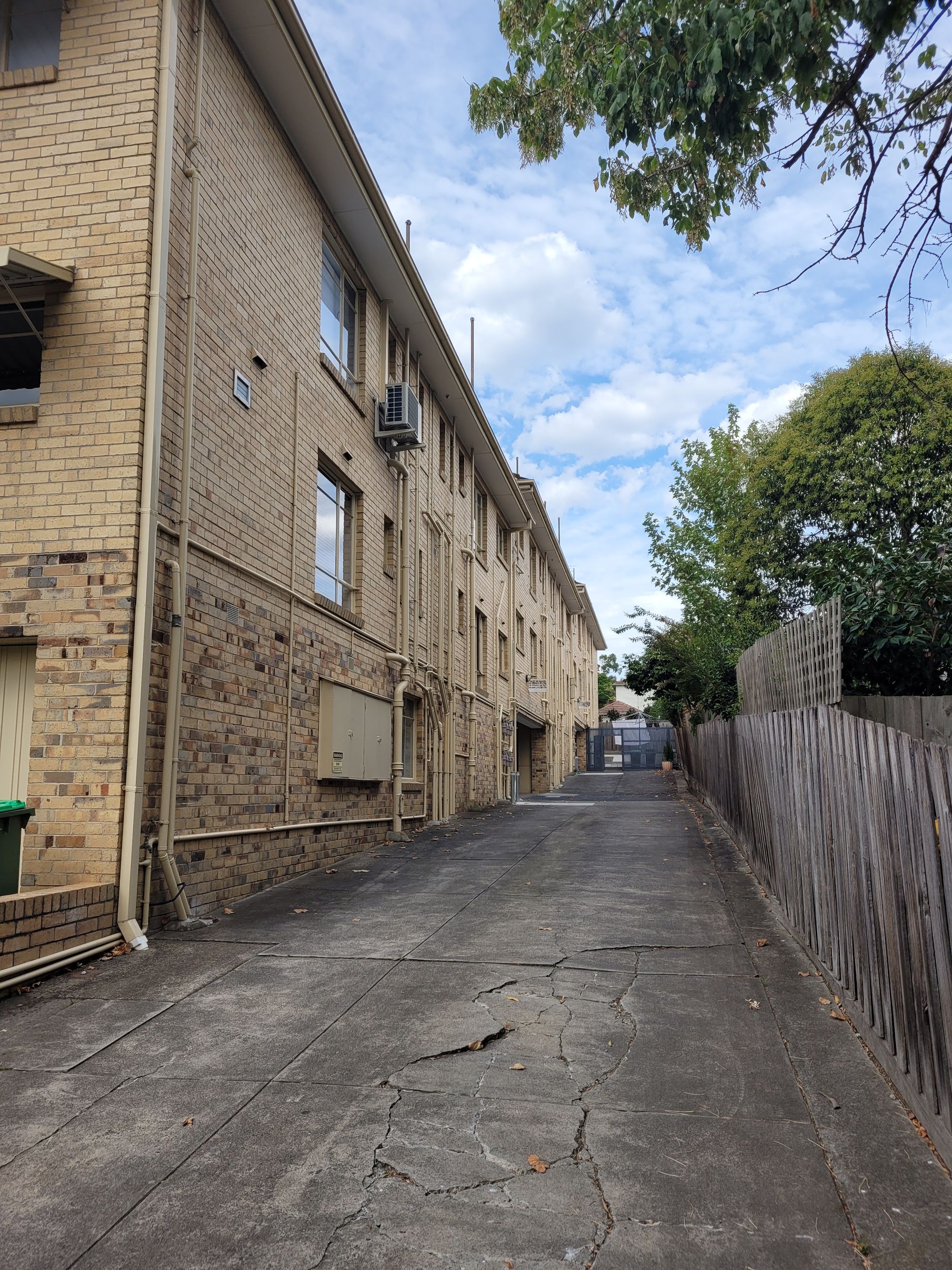
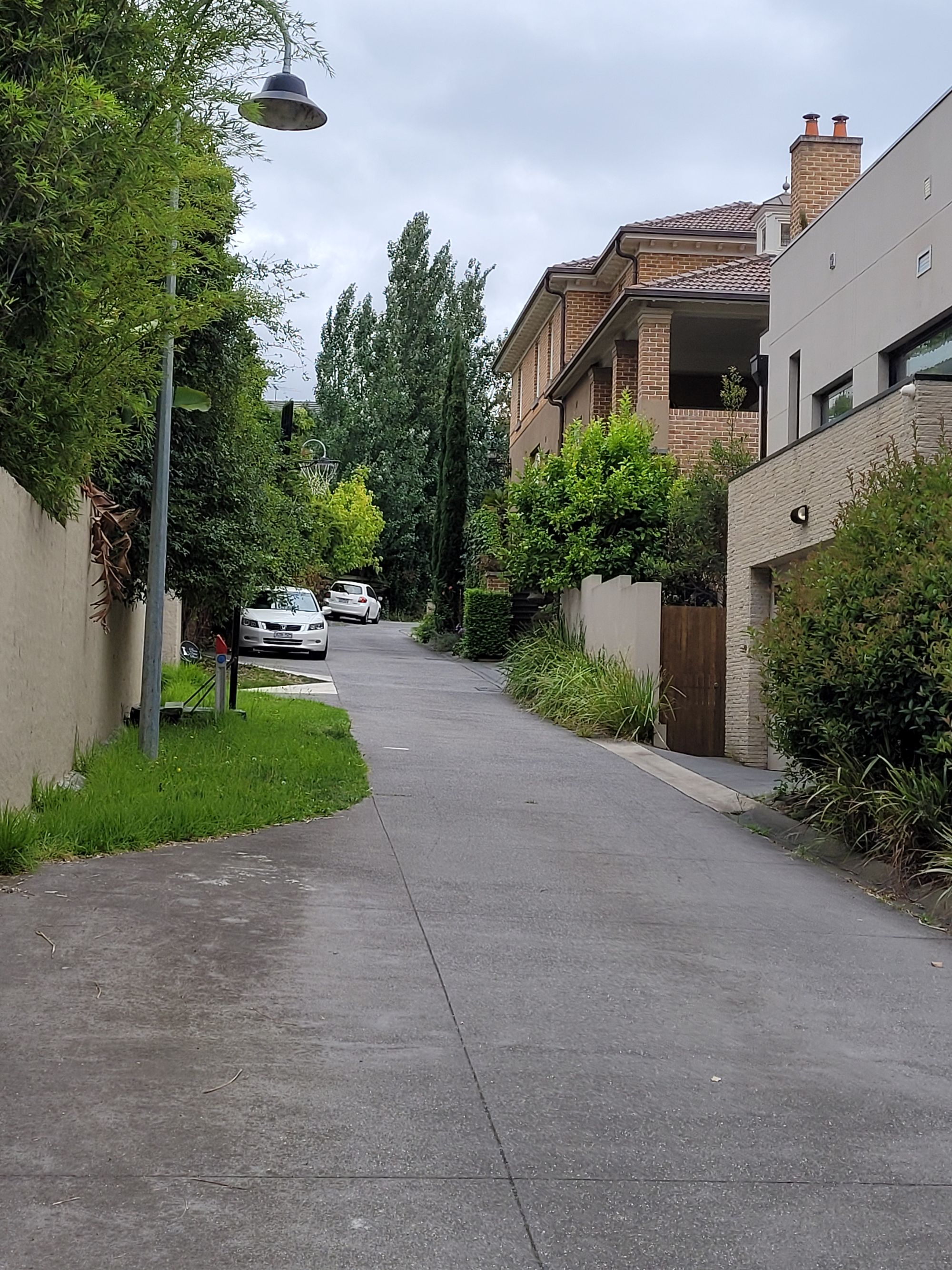
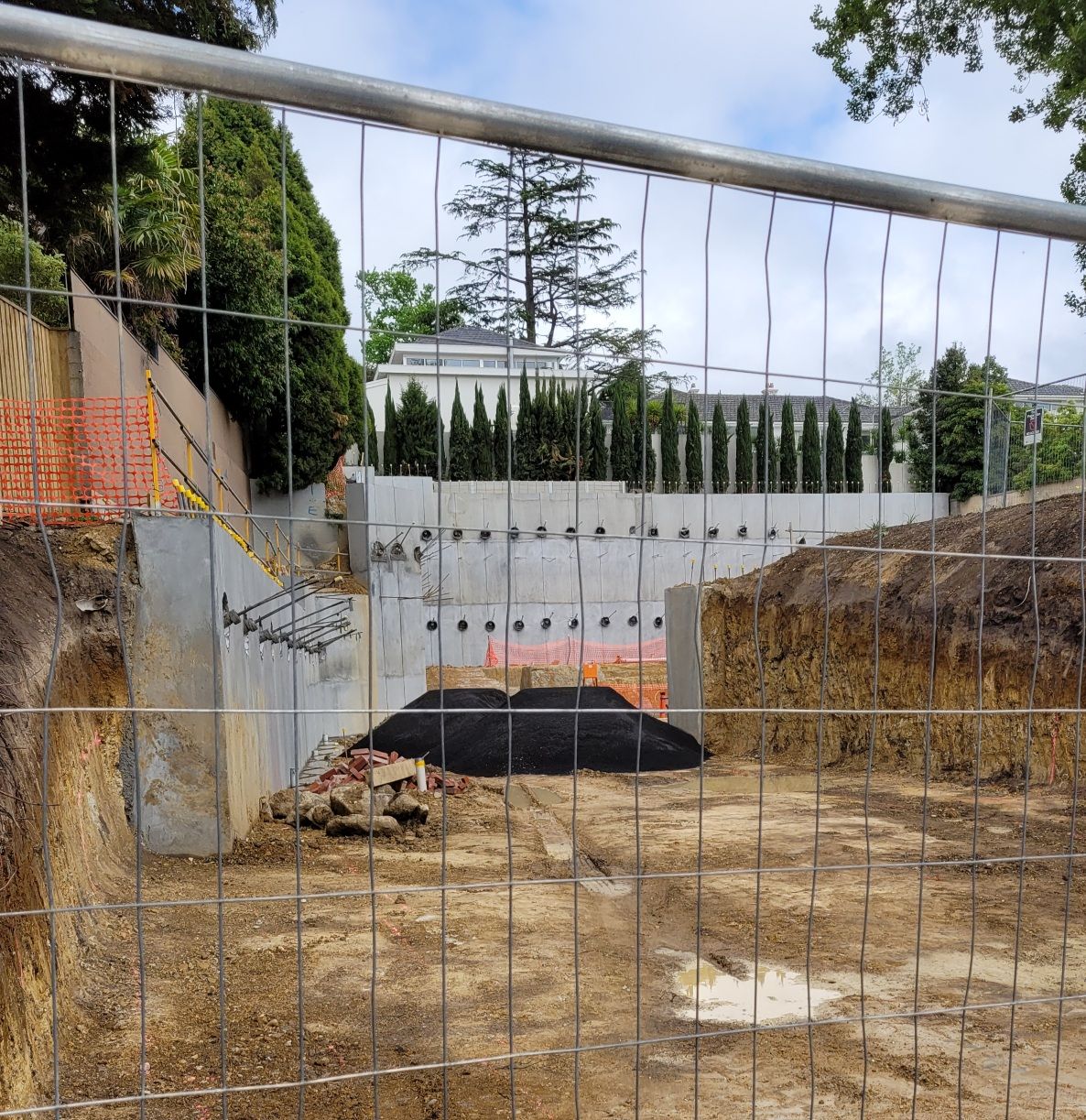
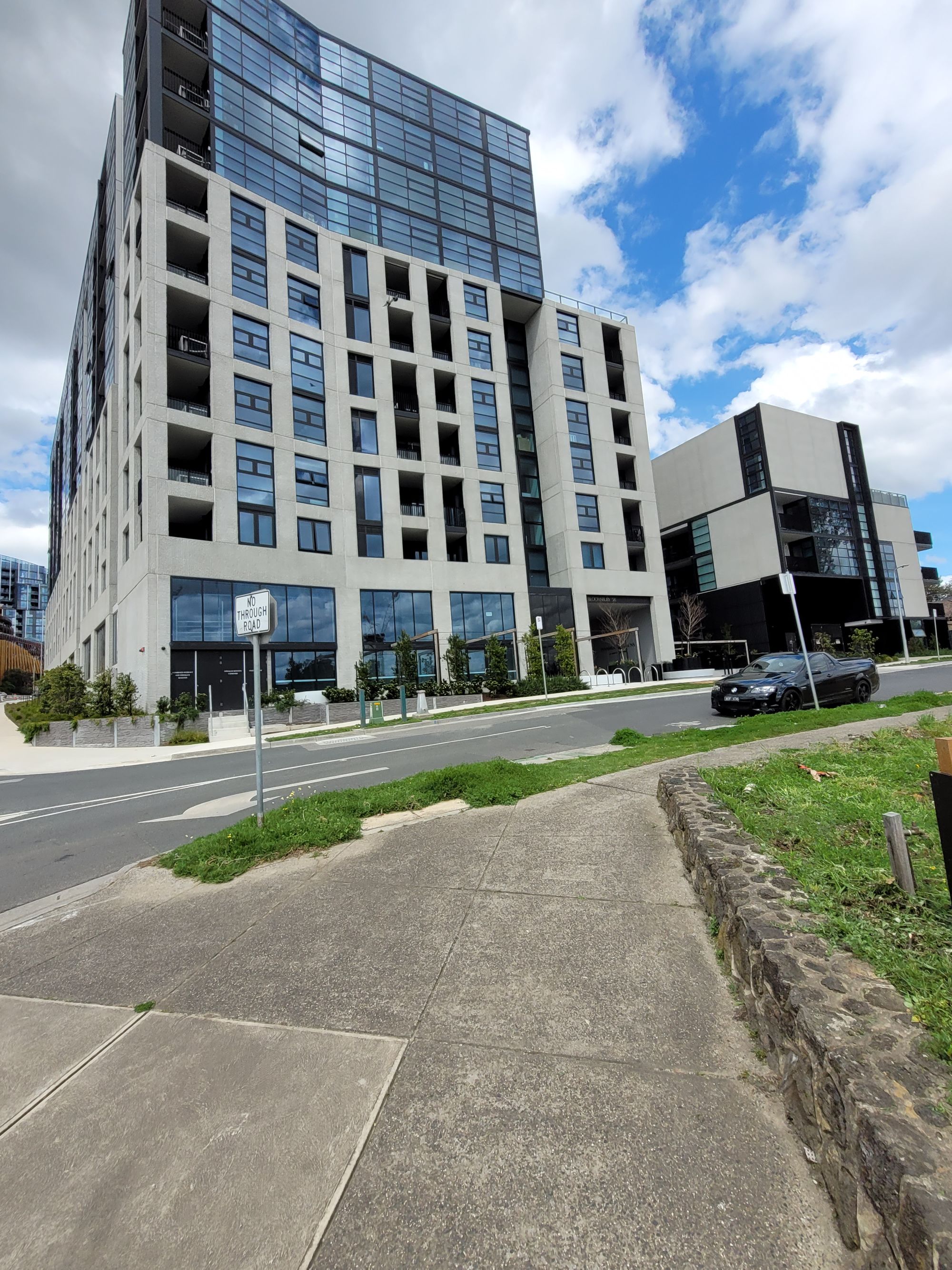
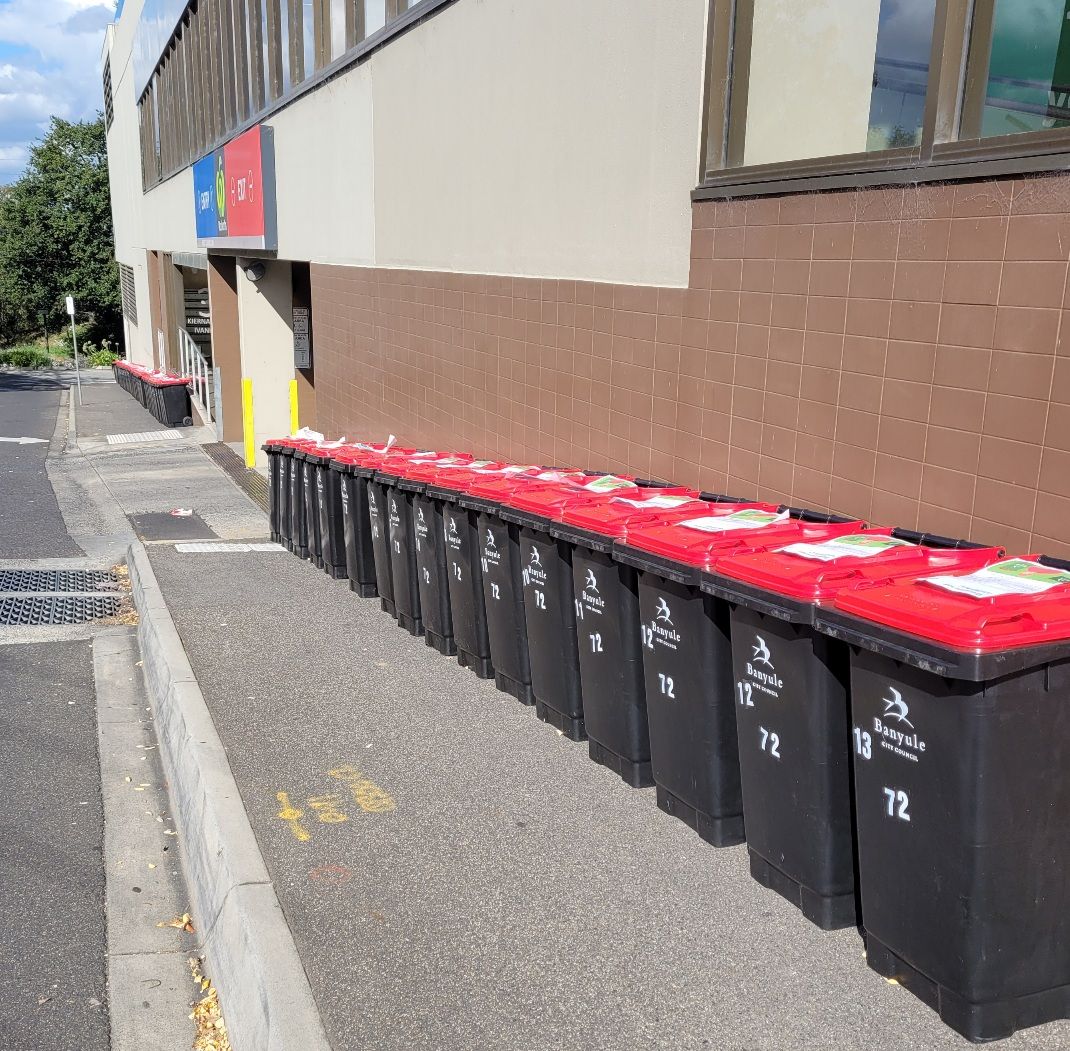
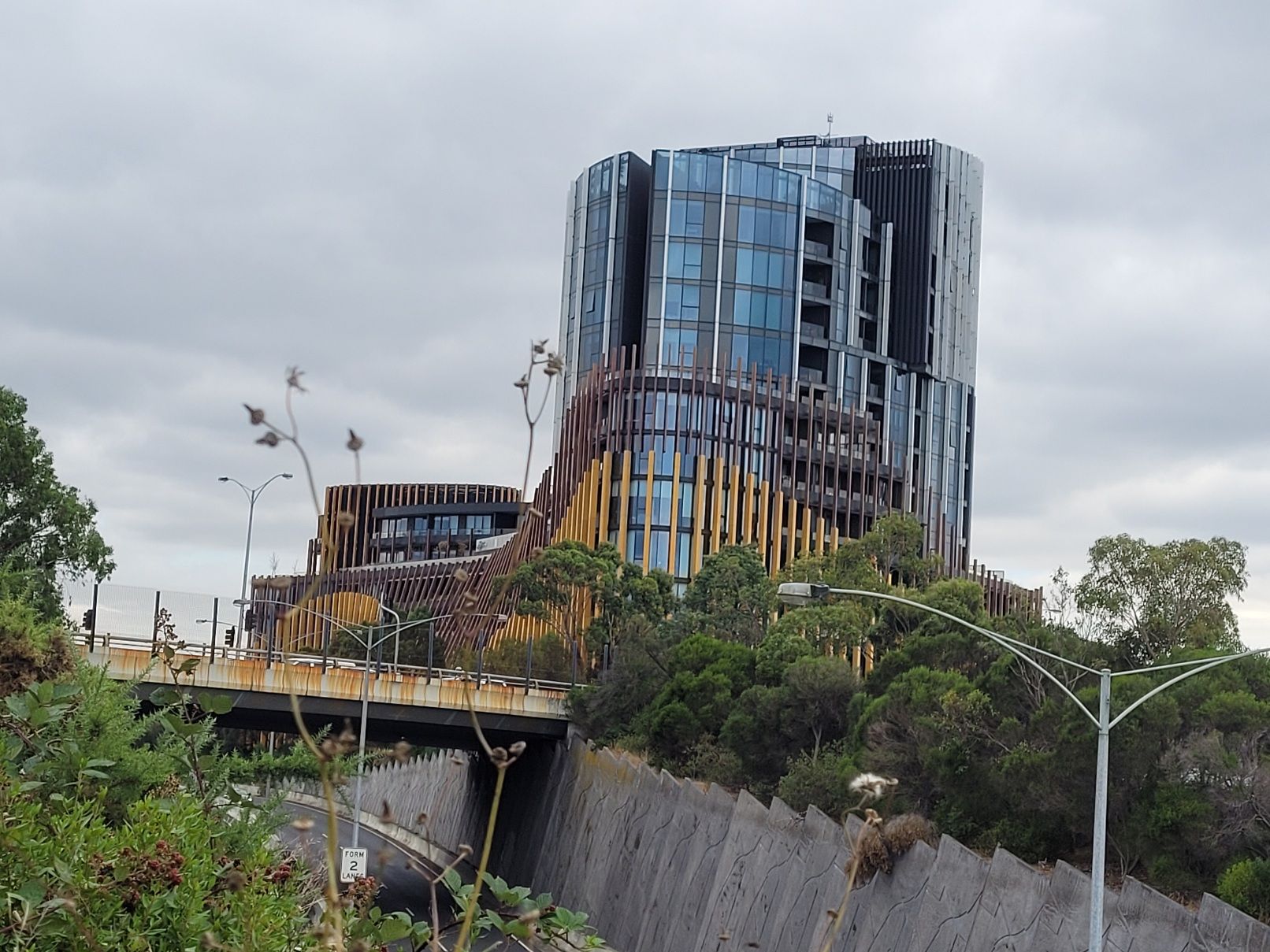
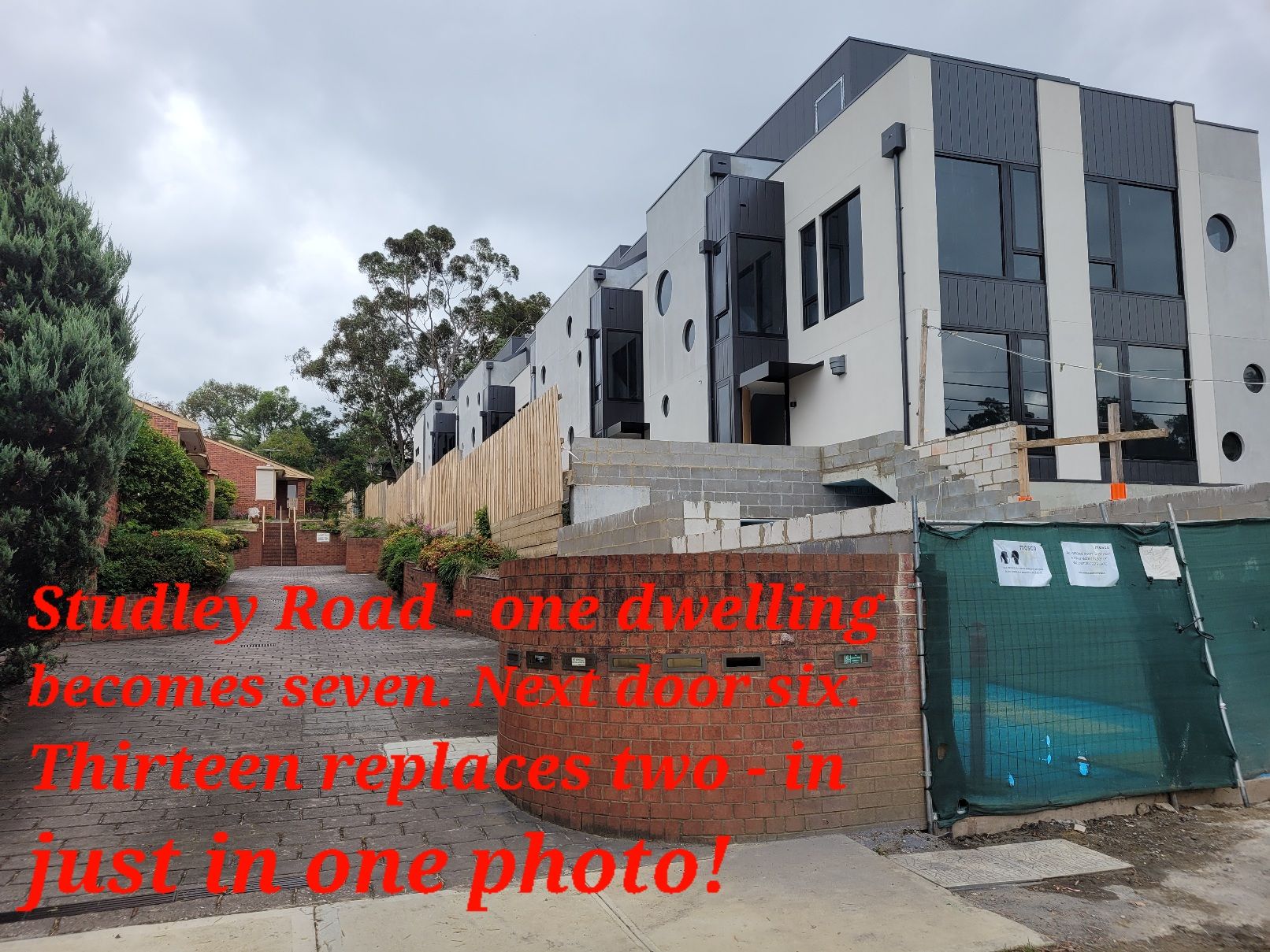
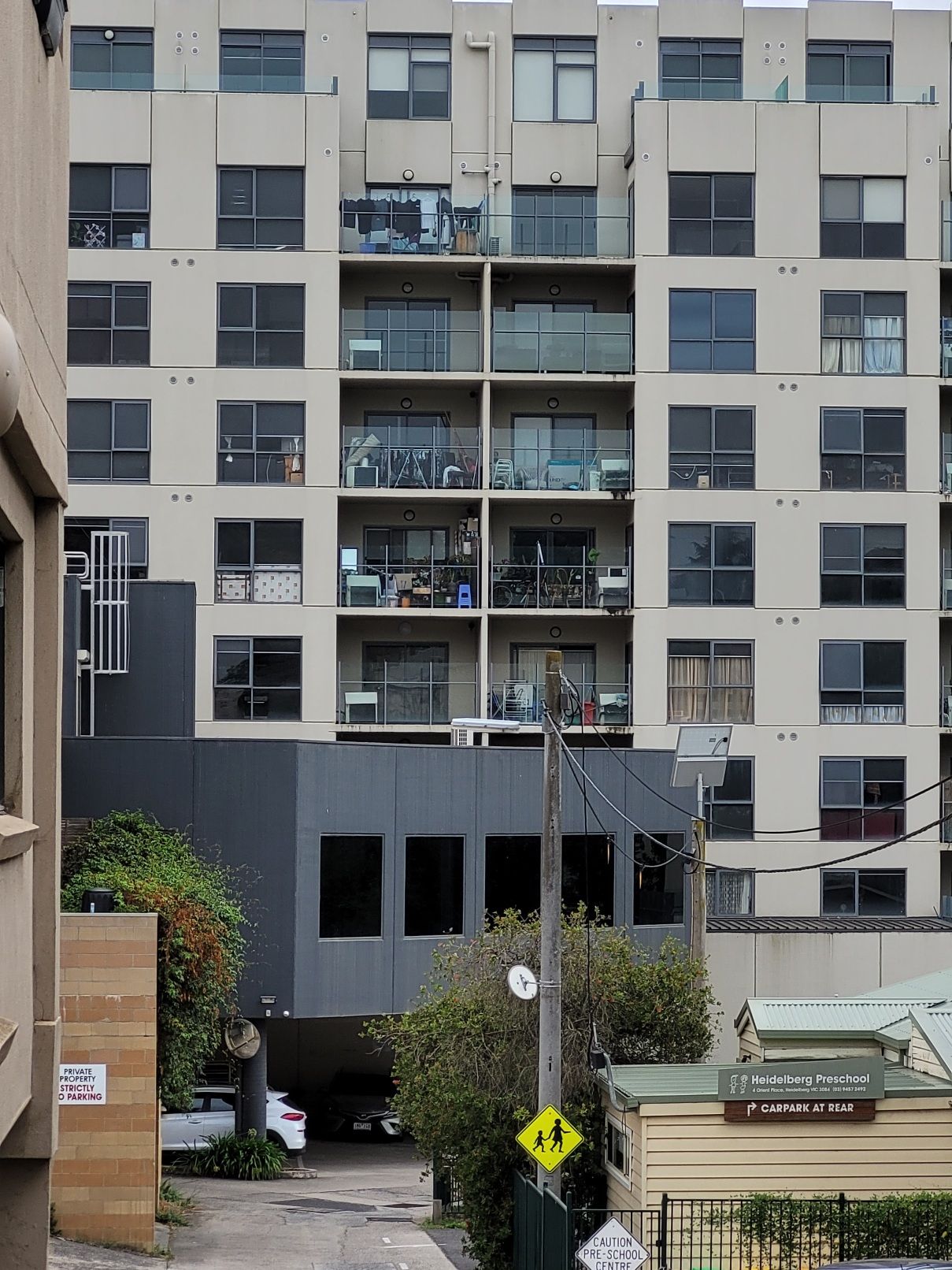
Builders delay thousands of homes over high costs, lacklustre property prices
The Age, May 18, 2023
Victorian property developers are shelving or delaying thousands of new homes because of soaring construction costs and flat property prices – despite being given the green light to start work by local councils.
A near-record 10,388 houses, townhouses and apartment units were approved for construction in March this year but have not commenced, according to analysis by accounting firm KPMG. That was more than double the number a year earlier and the highest since December 2017.
Around three-quarters of the not-yet-commenced dwellings in Victoria were slated to be apartments or townhouses.
KPMG urban economist Terry Rawnsley, who did the analysis, said property developers had been shelving projects because of soaring costs and lacklustre property prices, leading to lower returns.
“Some are even going bust,” Rawnsley said. “Both Victoria and New South Wales have increased demand for new dwelling approvals, but dwellings are far from materialising, due to significantly higher input costs and a potentially lower return on investment.”
As revealed in The Age the state government is looking at taking statutory planning powers away from local government as part of a planning push to boost urban density and ultimately squeeze an extra million homes in Melbourne suburbs by 2050.
Premier Daniel Andrews this week said a package of planning reforms, being worked on by Deputy Premier Jacinta Allan and Planning Minister Sonya Kilkenny and due to be delivered in the second half of this year, was aimed at getting more houses built to drive down prices.
“That’s about getting more housing stock into the market because more housing stock will mean there’s downward pressure on prices and people will have the options in d if they are there, they’re often priced out of them,” Andrews said on Tuesday.
State and federal governments have singled local councils out as key culprits for the housing crisis, suggesting they have been responsible for blocking developments on behalf of NIMBY (not in my backyard) ratepayers who pressure them.
But the analysis suggests a more complex picture where local government are not the immediate cause of Victoria’s housing woes. Rather, developers battling soaring input costs and faltering returns appear to be delaying projects.
The analysis found that Queensland and Western Australia have not seen the same slowdown in residential construction, largely because house prices in those states have remained comparatively more robust.
Rawnsley said those states also had a smaller proportion of new medium and high-density dwellings, which tended to be more sensitive to cost increases.
“With the increases in construction prices starting to moderate and property prices in New South Wales and Victoria stabilizing, the rapid increase in dwellings not yet commenced is starting to slow,” he said.
The surge in housing delays comes at a turbulent time for the sector, which has been buffeted by soaring costs for raw materials such as wood, concrete, steel and glass, rapidly rising interest rates and a shortage of skilled labour. The crisis culminated in the collapse of home building giant Porter Davis in March.
Municipal Association of Victoria president David Clark said the issue wasn’t that councils were stalling housing projects, but rather that developers had been reluctant to start projects because of lower returns. He said the vast bulk of housing projects were, in fact, passed by local governments.
“There are a whole heap of projects at the moment that have gone through councils but aren’t being built,” Clark said. “For the bigger developers, it’s about ... whether they can make the money they want to make.”
Clark said the Andrews government’s push to take statutory planning decisions away from councils as a way of boosting urban density was misplaced, suggesting the government was instead cosying up to the property industry because it wanted its social housing levy, which was dumped last year because of the threat of an industry scare campaign, back on the agenda.
“We don’t think it is clear what the government is trying to fix,” Clark said. “I think the essence of this is ... that some kind of a levy is back on the agenda. They need the money for affordable housing because they have no money, and the reality is we are going to be collateral damage.”
Housing Industry Association Victorian executive director Keith Ryan said it was not only builders who had been delaying projects, but also their clients who were deferring existing projects.
“Let’s be blunt. There are a number of builders who have gone into liquidation, so of course some clients are a bit nervous and waiting to see what happens,” Ryan said. “The bulk of the uncertainty is caused by excessive regulation and unnecessary red tape making it more and more difficult for people to make a decision to have a build go ahead.”
The Morning Edition newsletter is our guide to the day’s most important and interesting stories, analysis and insights. Sign up here.
(Josh Gordon is a senior reporter for The Age.)
Thousands of jobs at the Austin/Mercy/ONJ hospital complex - but old style on-site housing for nurses & trainees has been dropped.
Remember when police stations, railway stations, post offices and schools came with tied housing?
Member discussion